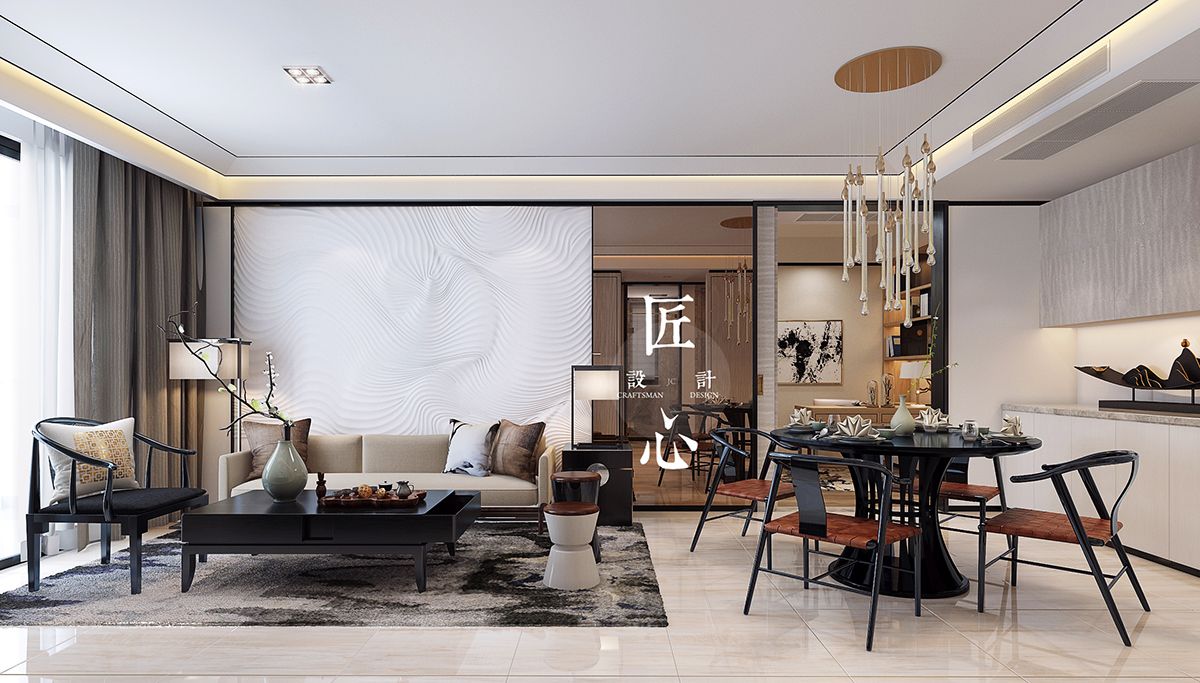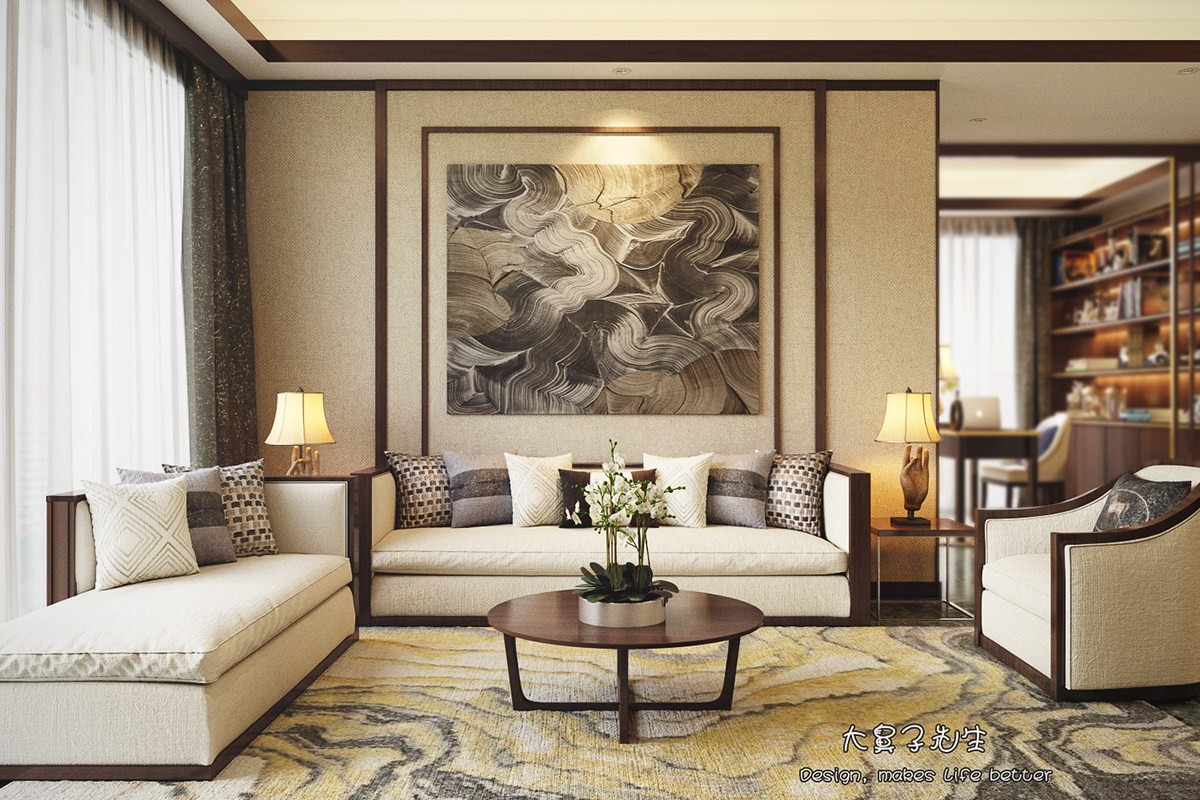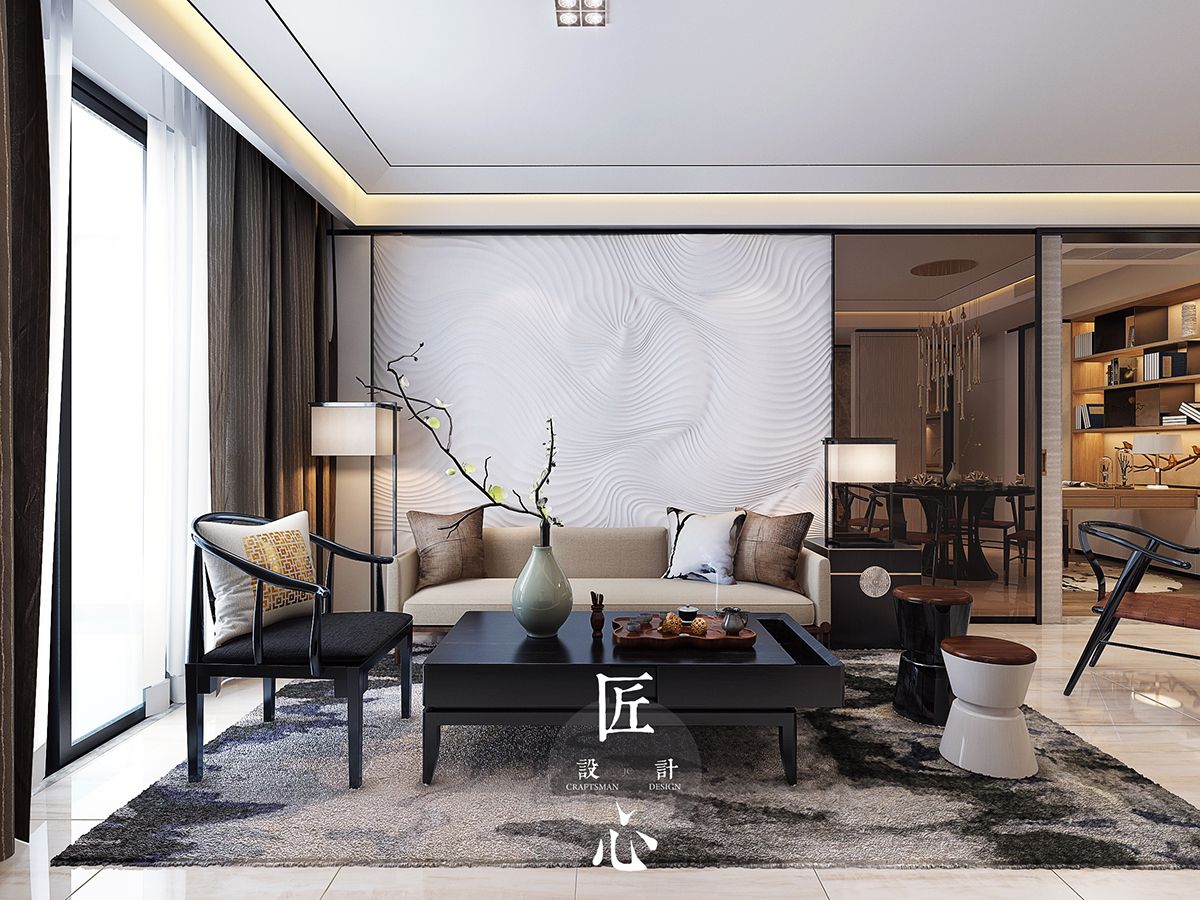Welcome to the fascinating world of modern Chinese interior design! As an interior design enthusiast who has spent years exploring various design philosophies, I can confidently say that modern Chinese design is a unique blend of tradition and innovation. In this article, we’ll delve into the core principles, contemporary trends, and personal experiences that shape this beautiful design style. Whether you are a homeowner, decorator, or simply a design lover, you will find valuable insights here. Let’s get started!
Understanding Modern Chinese Interior Design
Modern Chinese interior design is characterized by a seamless integration of traditional Chinese aesthetics with contemporary elements. This design philosophy takes inspiration from ancient Chinese culture while incorporating modern conveniences and styles. Here are some key aspects that define modern Chinese interior design:
Key Principles of Modern Chinese Interior Design
- Harmony and Balance: A fundamental principle in Chinese culture, harmony is key to creating tranquil living spaces.
- Natural Elements: Wood, stone, water, and plants are frequently used to bring the outside in and create a calm environment.
- Color Palette: Earthy tones and soft colors dominate, with occasional bold accents reflecting nature, such as jade green or deep red.
- Minimalism: Less is more; clutter is avoided to foster a sense of calm and openness in the space.
Modern Chinese Interior Design Styles
Exploring the various styles within modern Chinese interior design can help you find the perfect fit for your space. Below are some popular styles:
1. Minimalist Chinese Design
This style focuses on simplicity, emphasizing space and light. Minimalist Chinese interiors use a limited color palette, clean lines, and functional furniture.
2. Contemporary Chinese Design
Contemporary design incorporates modern materials and technologies while preserving traditional aesthetics. It often features larger spaces and open floor plans.

3. Eco-Friendly Chinese Design
Sustainability is at the forefront of this style, which utilizes reclaimed materials, energy-efficient appliances, and green building practices.
Comparison Table: Styles of Modern Chinese Interior Design
| Style | Key Features | Pros | Cons |
|---|---|---|---|
| Minimalist | Simple lines, neutral colors, functional | Calming, spacious | Can feel cold or uninviting |
| Contemporary | Modern materials, open spaces, elegant | Stylish, versatile | May lack character |
| Eco-Friendly | Sustainable materials, energy-efficient | Environmentally conscious | Can be more expensive |

Elements of Modern Chinese Interior Design
The elements of modern Chinese interior design enhance its unique appeal. Here are the essential components:
Furniture
Furniture in modern Chinese design often features clean lines and functional forms, with a blend of traditional motifs. Look for:
- Low-profile seating
- Natural wooden furniture
- Accent pieces with intricate carvings

Color Schemes
Modern Chinese interiors feature a mix of neutral tones with bursts of color. Here’s how to choose a color palette:
- Base: Creams, beiges, and soft browns
- Accent: Deep reds, rich greens, or golds
Decorative Elements and Textiles
Incorporating textiles such as silk or wool can add richness to your space. Look for:
- Handwoven rugs
- Silk cushions with traditional patterns
- Potted plants for a natural touch

Lighting in Modern Chinese Interior Design
Lighting plays a crucial role in modern Chinese interior design. It not only illuminates but also enhances the aesthetic of the space. Here are some key points to consider when choosing lighting:
Types of Lighting
- Ambient Lighting: General lighting for the entire room.
- Task Lighting: Focused lighting for specific tasks.
- Accent Lighting: Highlights art pieces or architectural features.

Choosing the Right Fixtures
Consider fixtures that echo traditional Chinese design, such as:
- Lantern-style pendant lights
- Wall sconces with a modern twist
Personal Experience: Creating a Modern Chinese Interior
When I decided to redesign my living room, I wanted a space that married my love for modern aesthetics with the warmth of traditional Chinese design. I opted for a minimalist approach with a few standout pieces. Here’s how I achieved my vision:

Step 1: Choosing a Color Palette
I started with a neutral base, opting for soft beige walls and large windows that let in natural light. I incorporated accents of deep red through cushions and artworks.
Step 2: Selecting Furniture
I found a beautifully crafted wooden coffee table with simple lines and subtle carvings—a perfect centerpiece. Low seating arranged to create a welcoming environment was essential.
Step 3: Adding Decorative Elements
Potted bonsai trees and a handwoven rug added texture and warmth, creating an inviting atmosphere. I also included a few traditional artifacts to celebrate the heritage.
Pros and Cons of Modern Chinese Interior Design
As with any design style, there are advantages and disadvantages. Here’s a quick overview:
Pros
- Timeless elegance
- Focus on harmony and balance
- Integration of nature with interior spaces
Cons
- Can require careful planning to balance modern and traditional elements
- Some aspects might be costly
- Not suited for everyone’s taste
Designing Small Spaces with Modern Chinese Style
Modern Chinese interior design can be adapted to small spaces while maintaining harmony and balance. Here are some tips:
Utilizing Vertical Space
In small areas, make the most of vertical space with shelving and wall-mounted elements that don’t clutter the floor.
Creating Focal Points
Use wallpaper or a statement piece of art to draw the eye and make the space feel more expansive.
FAQs about Modern Chinese Interior Design
What are the main colors used in modern Chinese interior design?
The primary colors include earthy tones such as beige and soft browns, accented by rich colors like red, jade green, or gold.
How can I incorporate traditional elements into a modern space?
Use decorative artifacts, traditional textiles, or furniture that feature classical Chinese motifs to blend the styles beautifully.
Is modern Chinese interior design suitable for all types of homes?
Yes, this design style can adapt to various spaces, from urban apartments to traditional homes, emphasizing harmony and balance.
Where can I find inspiration for modern Chinese interior design?
Consider design magazines, Pinterest boards, and interior design blogs focused on Asian aesthetics for inspiration and ideas.
Conclusion: The Charm of Modern Chinese Interior Design
Modern Chinese interior design is an artful blend of history and innovation. With its emphasis on harmony, natural elements, and simplicity, it offers a serene yet stylish approach to interior decorating. Whether you’re looking to completely redesign your space or just add a touch of elegance through decor, the principles of modern Chinese design can guide you. I hope this guide has inspired you to explore this beautiful design philosophy—happy decorating!